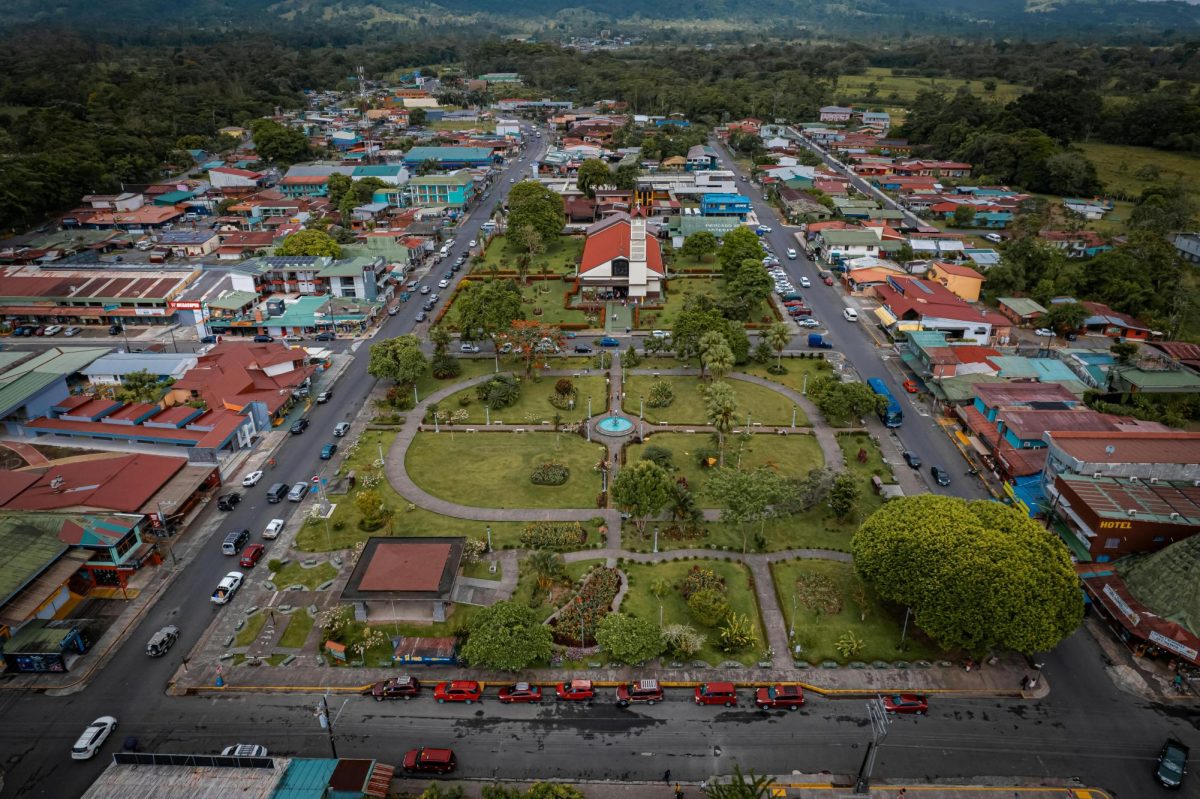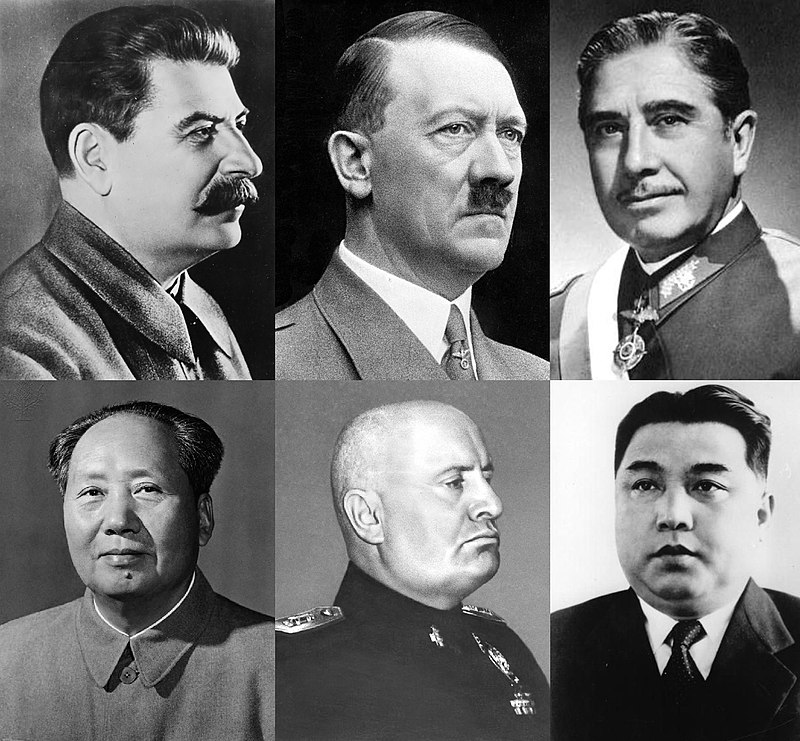“Fast fashion is like fast food. After the sugar rush, it just leaves a bad taste in your mouth,” said Livia Firth, an author and a global leader in sustainable development.These words leave a deep meaning behind them, which is important to understand in our current climate. The ever-growing fast fashion industry has plenty of hidden cons that the world fails to see. Some of these are unsustainability, improper means of production and the exploitation of labor. According to The Ellen MacArthur Foundation, an estimated 300 million people are involved in the global clothing industry, with most of them being women who face unethical practices, brutal work cultures and sometimes, even abuse. Such a devastating reality demonstrates some of the many reasons why participating in fast fashion is unethical.
Fast fashion can be defined as a clothing industry where clothes are easily available and sold at low prices, at the expense of often lower-quality products. The mode of production in the fast fashion industry diminishes the importance of human practices and the power of potential labor. Moreover, it is no hidden fact that fast fashion is severely hazardous to the environment. Undoubtedly, the amount of damage that excessive cloth production and disposal are doing to the environment is shocking. Fast fashion, as attractive as it sounds and as appealing as it seems to the eye, is still a danger to the global environment. With the involvement of a large population and rising demand, mass production is rarely an ethical practice. As per an article by UAB Institute of Human Rights Blog, it can be understood that most of these issues are faced by the workers who are made to work under unsafe conditions, where children are involved. The workers are rarely respected and are provided with low wages that are only possible for daily survival. Such practices have been followed for a long time, wherein the workers have even undergone life-threatening scenarios.
Fast fashion, as it is called, is also unsustainable. Its mass production requires using toxic and hazardous materials, like dyes to threads. The immense and substantial number of fibers used and wasted is concerning. Statistics by Earth.org show that over 92 million tonnes of textile waste end up in landfills every year, including highly renowned brands. Such production, selling, buying and disposing practices have been going on as early as the 1990s when clothing retailers started the trend of cheap, accessible and affordable clothing. The intense carbon emissions from fast fashion industries are adding to the global environmental problems, and it has been predicted that these hazardous emissions will witness a 50% rise by 2030, according to AceSpace.org.
In this ever rising and globally increasing population, it is unfortunate that the demands and needs of the public are related to the further increase of fast fashion, considering its affordability, style and accessibility. Unfortunately, it’s only natural for consumers to believe in saving extra money when they come across a great deal, which tends to manipulate them into thinking that it’s appropriate to buy more clothing than they need. It is unfortunate but true that any buyer fails to look at the consequences behind fast fashion production, which ultimately supports the industry. Hence, consumers unintentionally tend to support these unethical and unsustainable fashion industry practices. Despite being a threat to the environment and human practices, fast fashion continues to rise today.
Despite this, in today’s current world, where sustainable development is being implemented on a wider scale and coming into focus, some consumers are starting to become vigilant about this issue, or at least are trying their best to do so. With a motive to ban and cease the unethical practices of labor and provide the deserved platform to the workers exploited in the fast fashion industry, as well as to save the environment, several NGOs, like Greenpeace, Remake, Textile Exchange, and others have come together to raise awareness about this issue.
Another important question is, how can individuals do their part to resolve the ever-increasing issues of fast fashion and resist the growth of unethical practices? Practically speaking, it is impossible to make consumers believe the dark side of fast fashion and bring it all to a finish-line overnight. However, as individuals, spreading awareness among each other about the ill effects of fast fashion can be a good start. Following this, encouraging the public to use sustainable brands, buy less than they need and donate or sell their old clothes is a step further. With environmental concerns on the rise, several fashion brands have started believing in sustainable production, proper recycling methods and appropriate usage of workers and labor. Compared to fast fashion, these sustainable companies ensure affordability as their prime focus, which is a benefit to the environment as well as to the consumers. The Good Trade talks about several such brands that can be pursued, used and followed from now onwards and are on a genuine path to bring a positive change in the environment.
Buying fast fashion is nevertheless a step forward to supporting unethical and unsustainable practices, which can be stopped greatly if individuals bring the change the world deserves to see. As a result, starting today and shifting to a more economically and environmentally friendly mindset is the ideal start to this. To further implement changes in the fashion industry, promoting donations, recycling, or selling of old and unused pieces is another important step toward bringing about global change.





























